The Tech That Cares
New York’s Office for Aging (NYSOFA) recently announced it will give out 4,725 more robotic pets.
The goal? To help more seniors feel seen, supported, and less isolated. These pets don’t just look cute. They’re programmed to respond with motion and sound, and many even react to touch.
Seniors can pet them, talk to them, or just let them sit quietly nearby.
Take Helen Macura, for example. She’s 101 years old and just got a robotic golden retriever named Friendly. He wags, barks, and raises his paw like a real dog — but doesn’t need food or walks. For Helen, it’s more than a gadget. It’s a warm, quiet presence that helps her feel calm and less alone.
Why Does This Matter Now?
Studies show loneliness can impact health as much as smoking. It can increase the risk of depression, heart disease, dementia, and more.
And not everyone has someone nearby to talk to every day. That’s where robotic pets step in. They’re not replacing people — they’re filling gaps in between.
Toborlife AI is exploring this future with care. Our smart bots are designed not just for function, but for connection.
Imagine a robot dog companion that does more than follow commands. One that senses mood shifts, provides soft responses, and supports mental health. This isn’t science fiction. It’s happening now — and growing fast.
Small Bots, Big Wins: What Surprised Us Most
We dug deeper into how seniors are using robotic pets. Some of the benefits were expected. But others? They caught us off guard — in a good way.
Here’s what we found:
They Help Start Conversations
Seniors say the pets give them something to talk about. Family, neighbours, even caregivers start asking questions. It helps break the silence and makes social moments easier.
Having a robotic pet around creates small daily habits. Wake up, say good morning to the pet. Sit down, stroke its head. These little actions bring structure to the day — and reduce stress.
Moving into assisted living or dealing with a big change? A robotic pet can bring comfort during those first few days. It’s familiar, soft, and quietly reassuring.
In some cases, seniors with memory loss show better focus and mood around robotic pets. The gentle feedback — like a purr or head tilt — gives them something to respond to, without pressure.
Let’s not forget — these pets are entertaining! Some seniors laugh when their cat meows or when their dog lifts a paw. That kind of joy matters.
The Future of Comfort
Demand is rising. Some areas already have waiting lists for robotic pets.
Why? Because they work. They help people sleep better. They reduce anxiety. They bring back a sense of routine. And in communities where caregivers are stretched thin, bots help bridge the gap.
This wave of innovation is just the beginning. As sensors improve and AI becomes more intuitive, robotic companions will only get smarter — and more human-like.
At Toborlife AI, we’re designing for this new world. A world where robotics isn’t just high-tech — it’s high-touch.
Curious about life with a robot dog companion?
Toborlife AI loves bots that do more than just run on code. These robots bring calm, comfort, and connection into daily life. From the lifelike pet companions to the powerful Unitree Go2 Pro, each one is designed to support emotional wellness.
See how AI companions are making everyday life easier and more comforting.
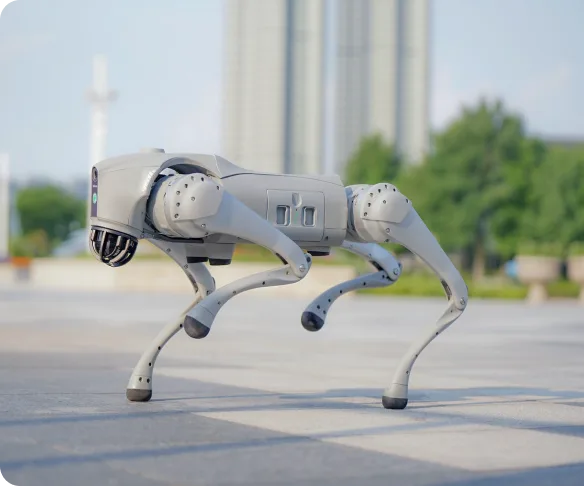
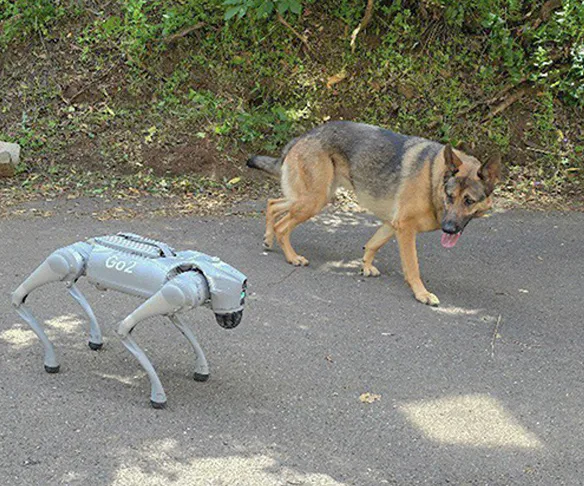
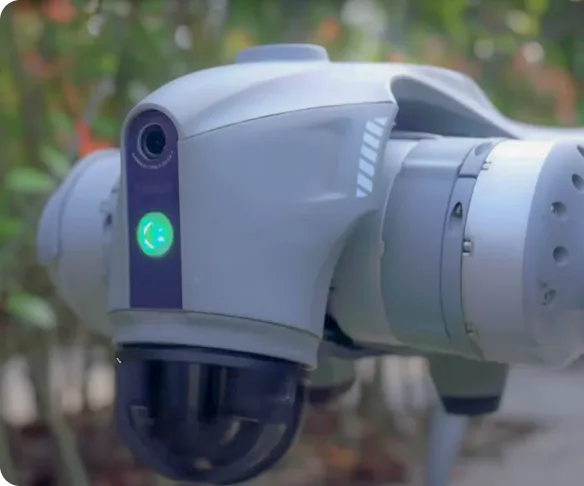
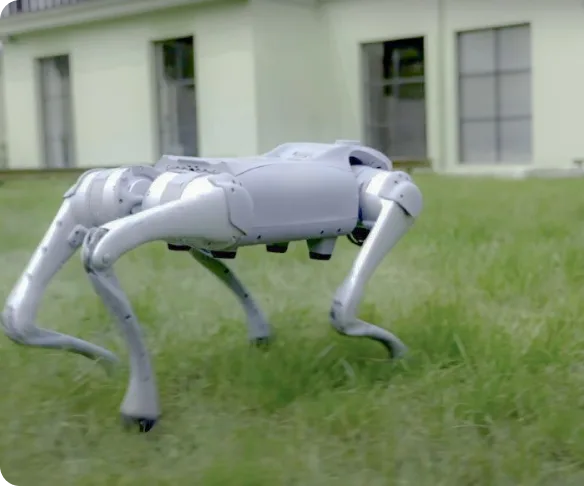
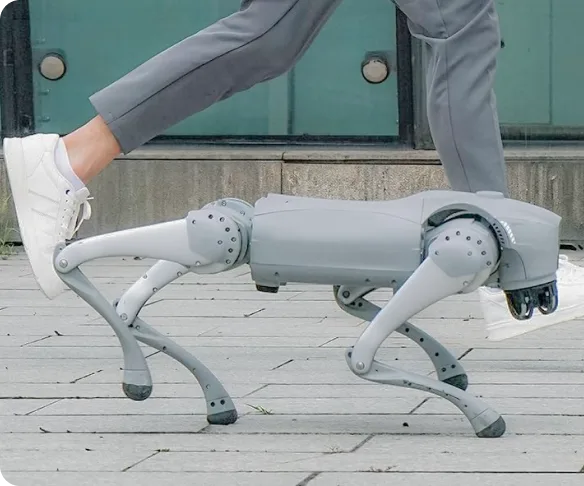





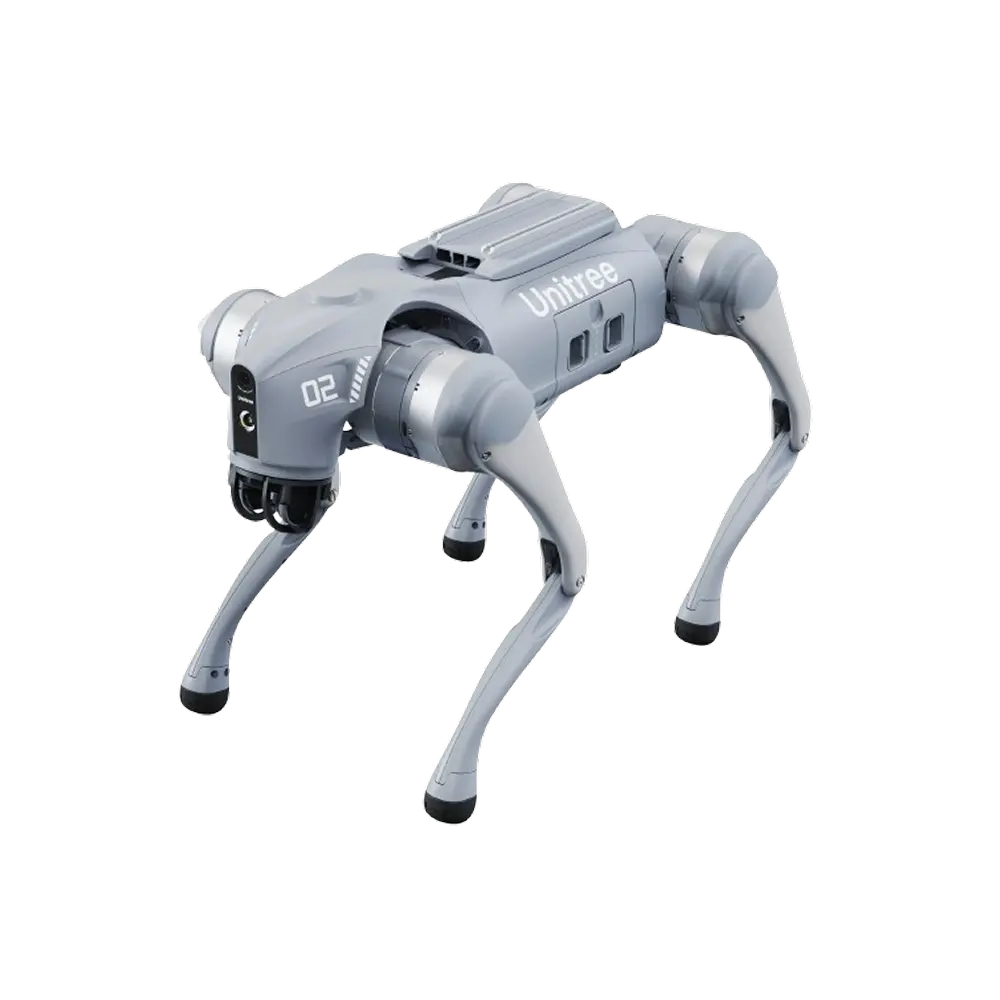

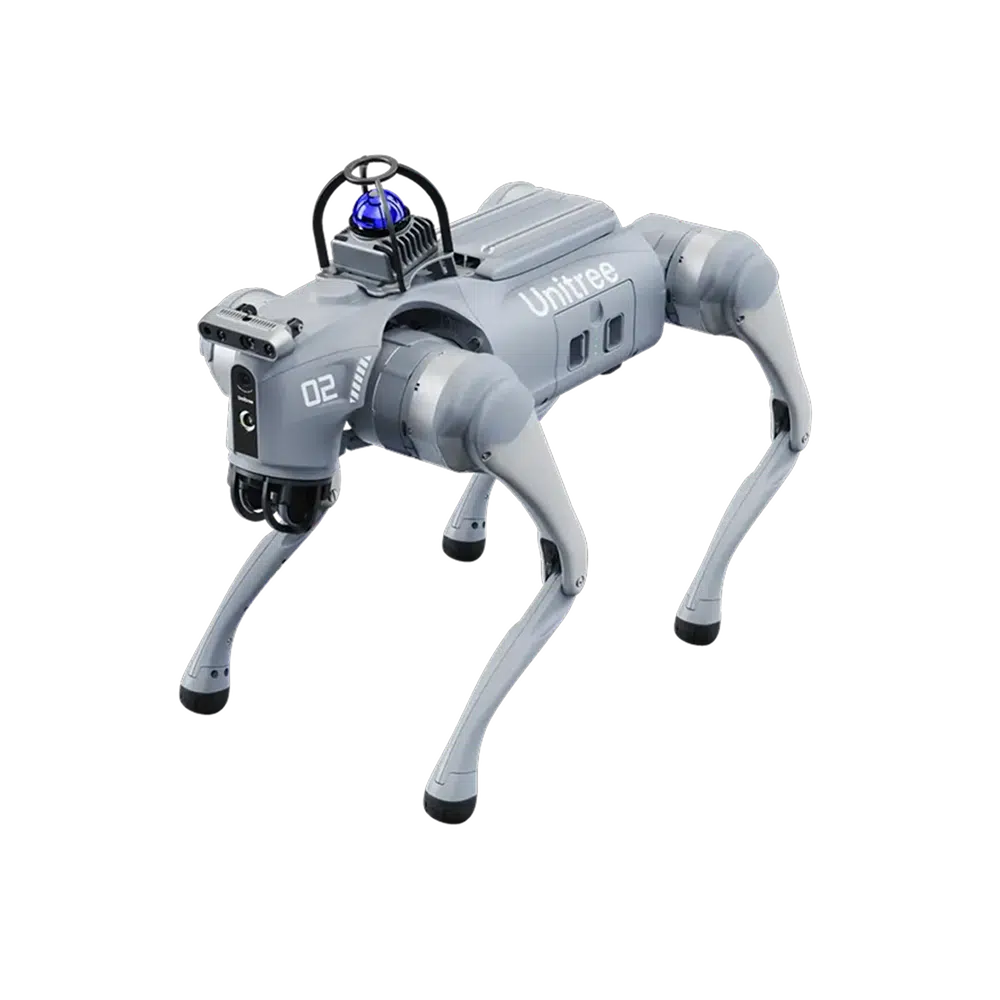
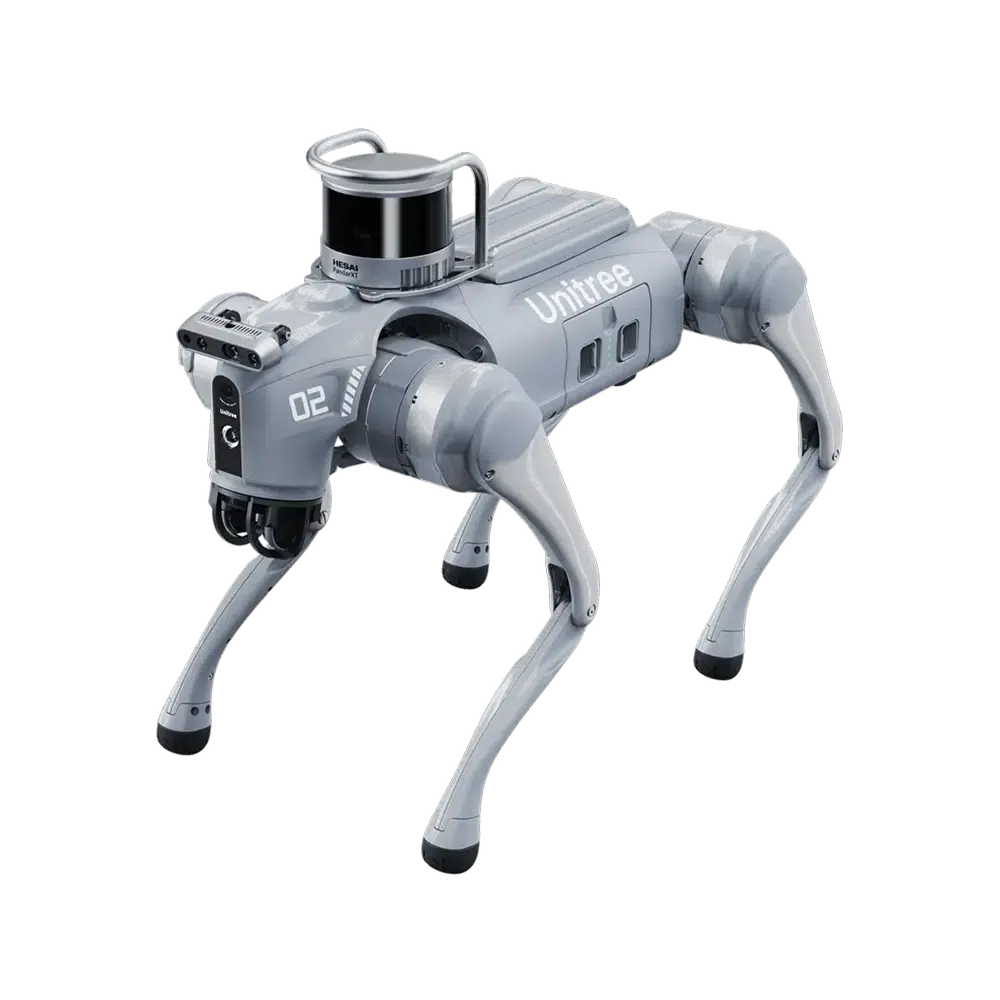











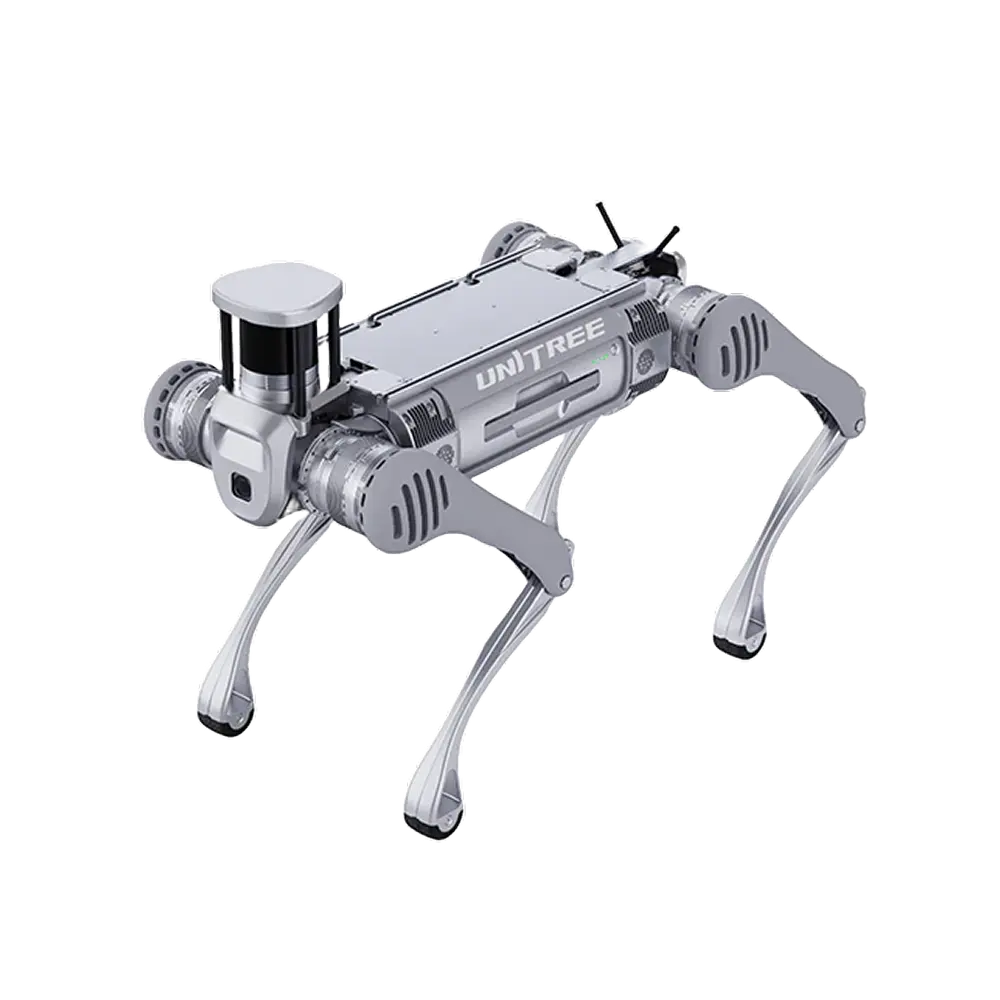

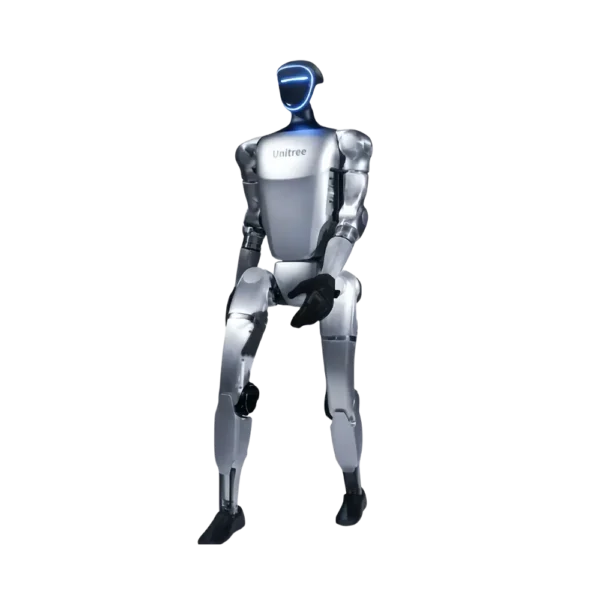




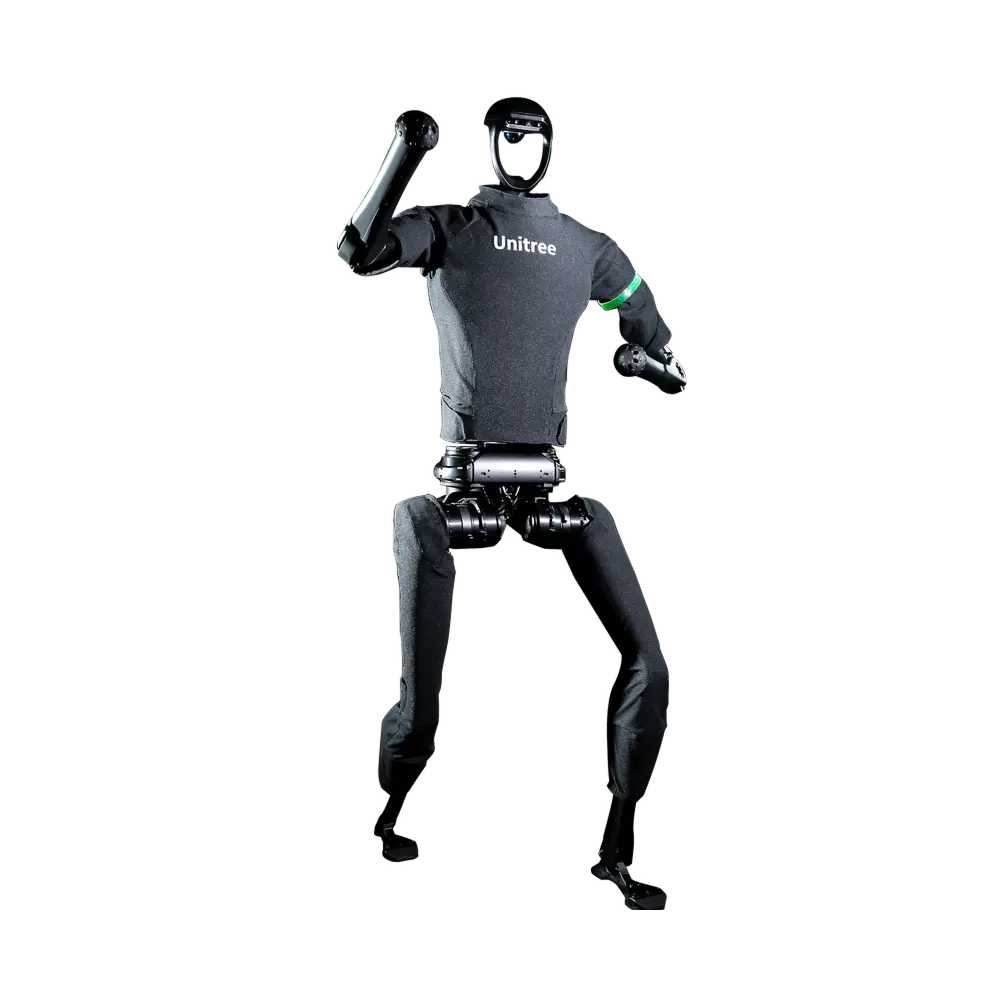
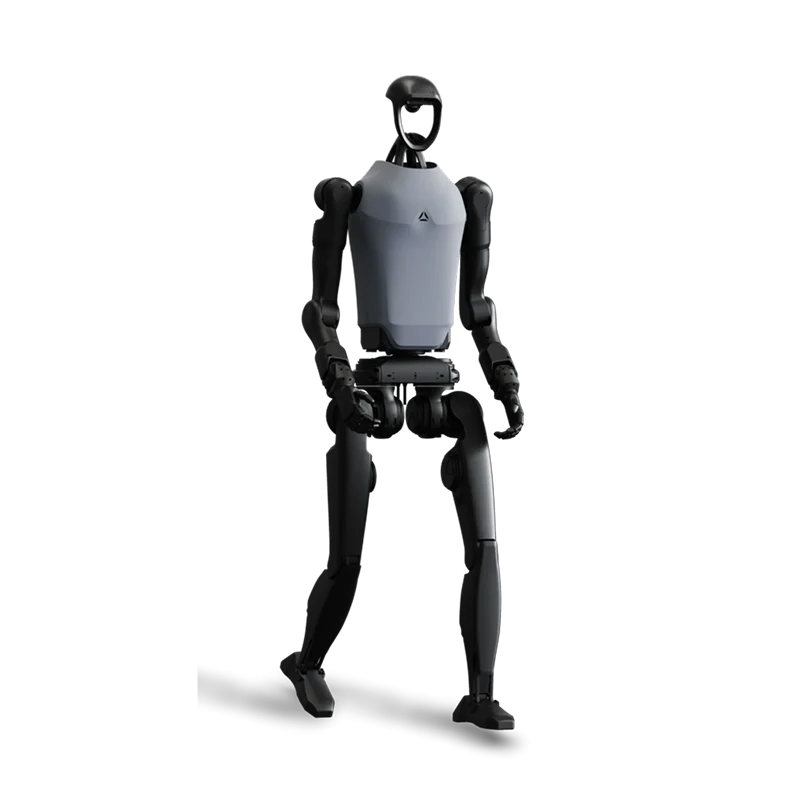
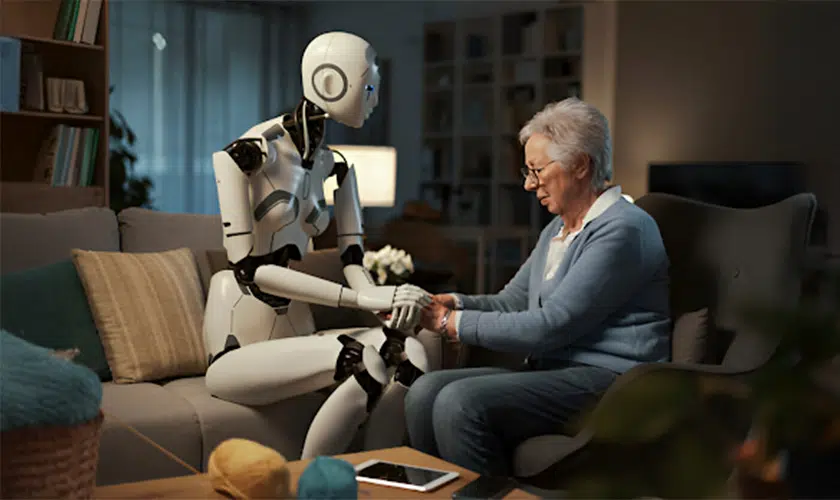
Comments are closed for this post.